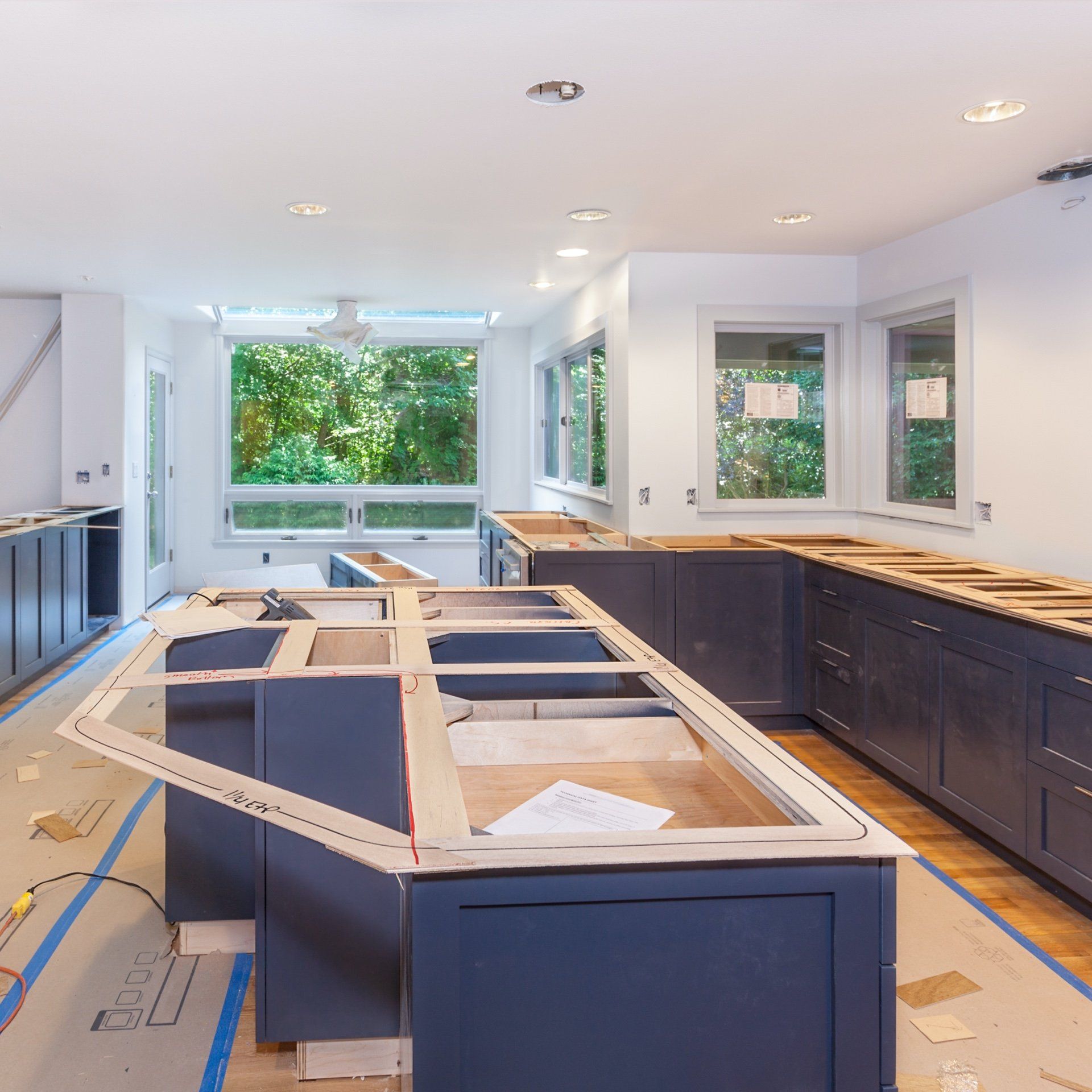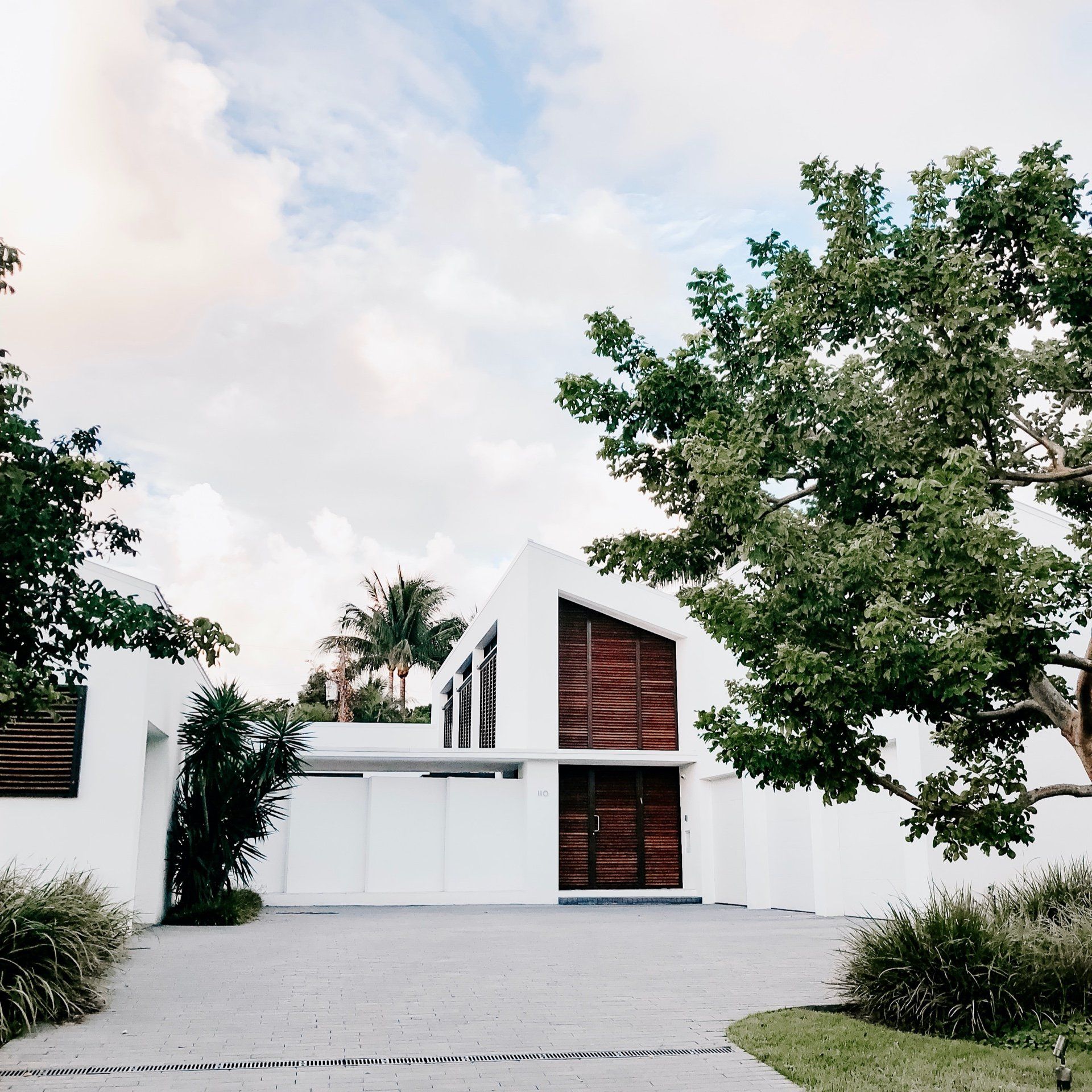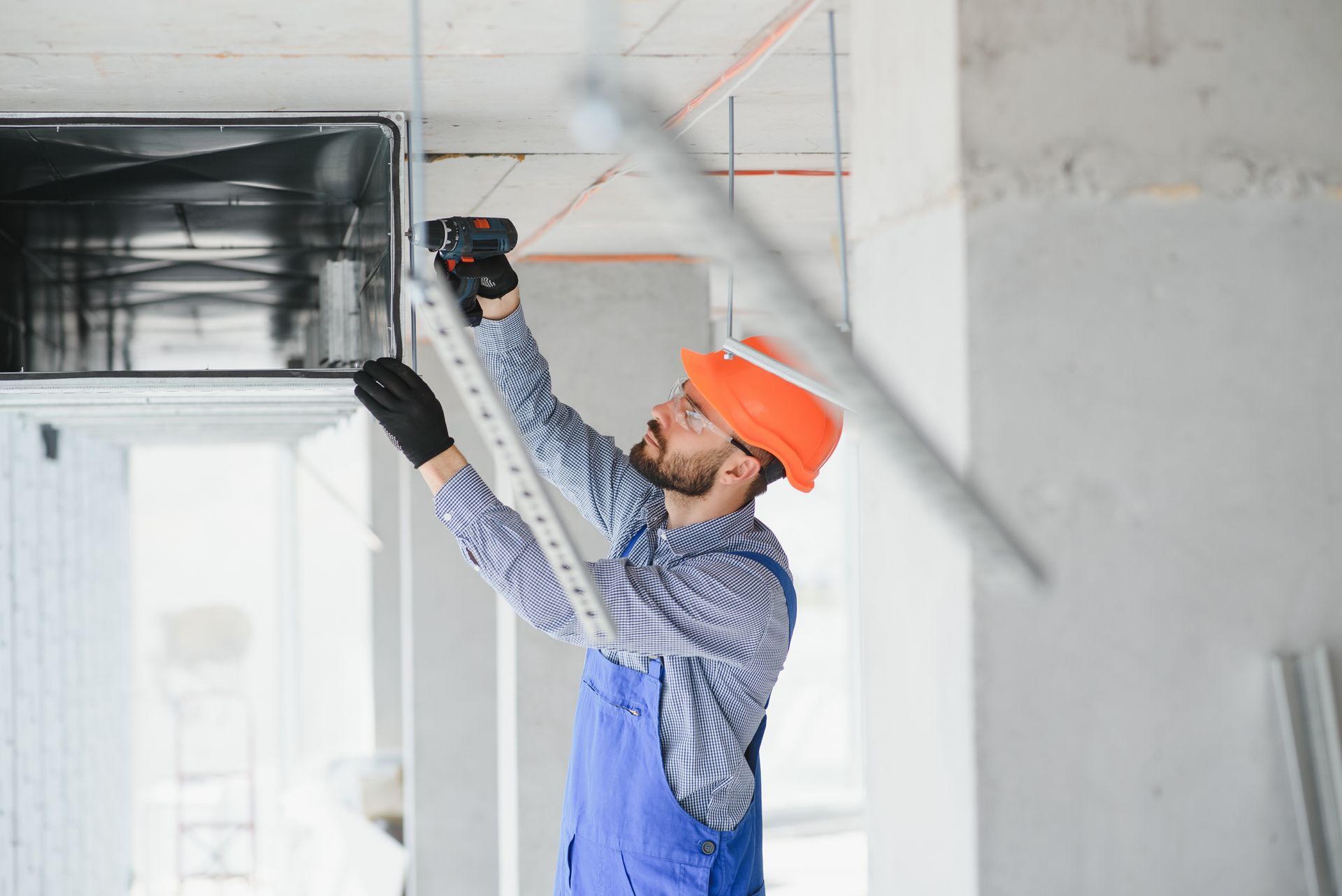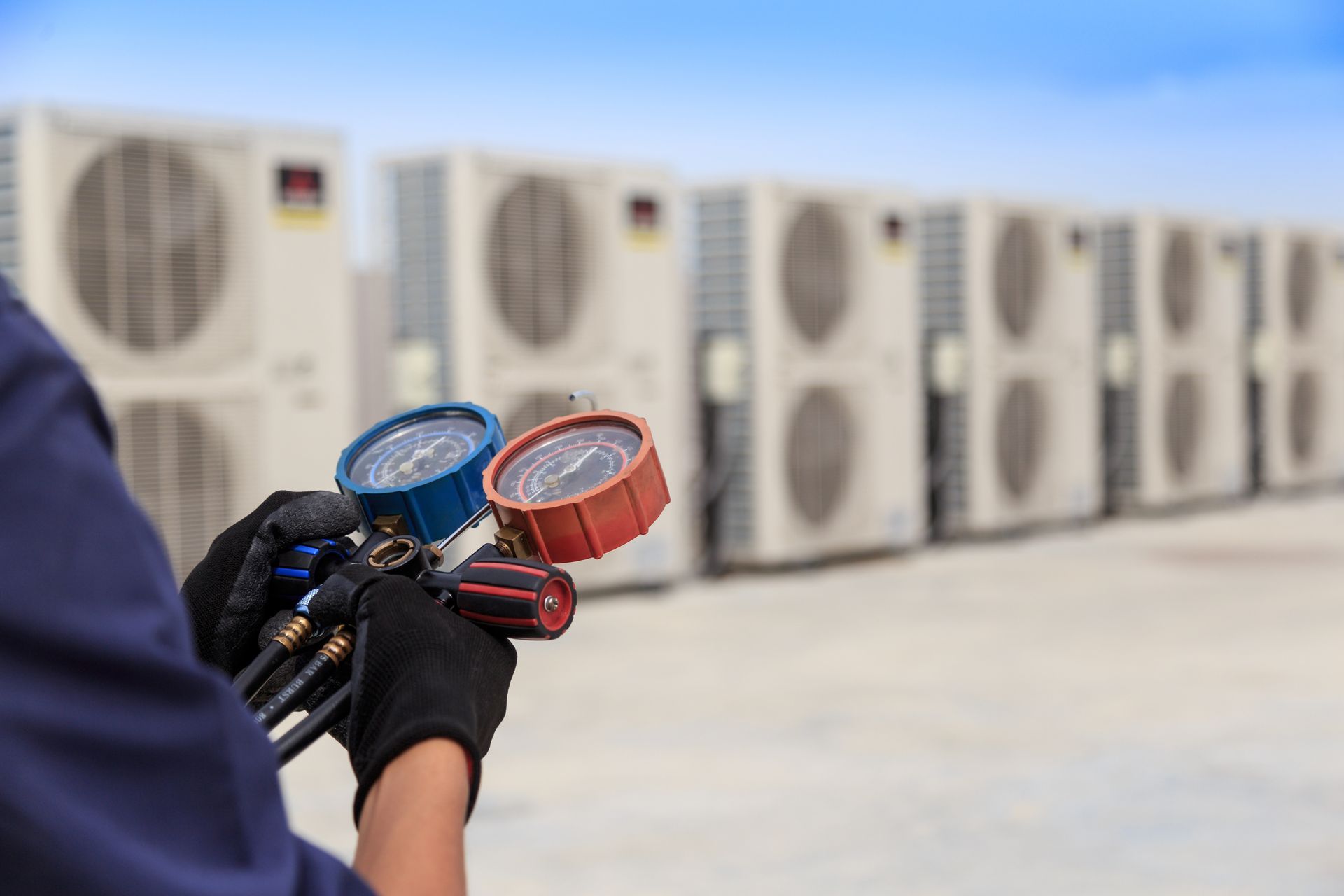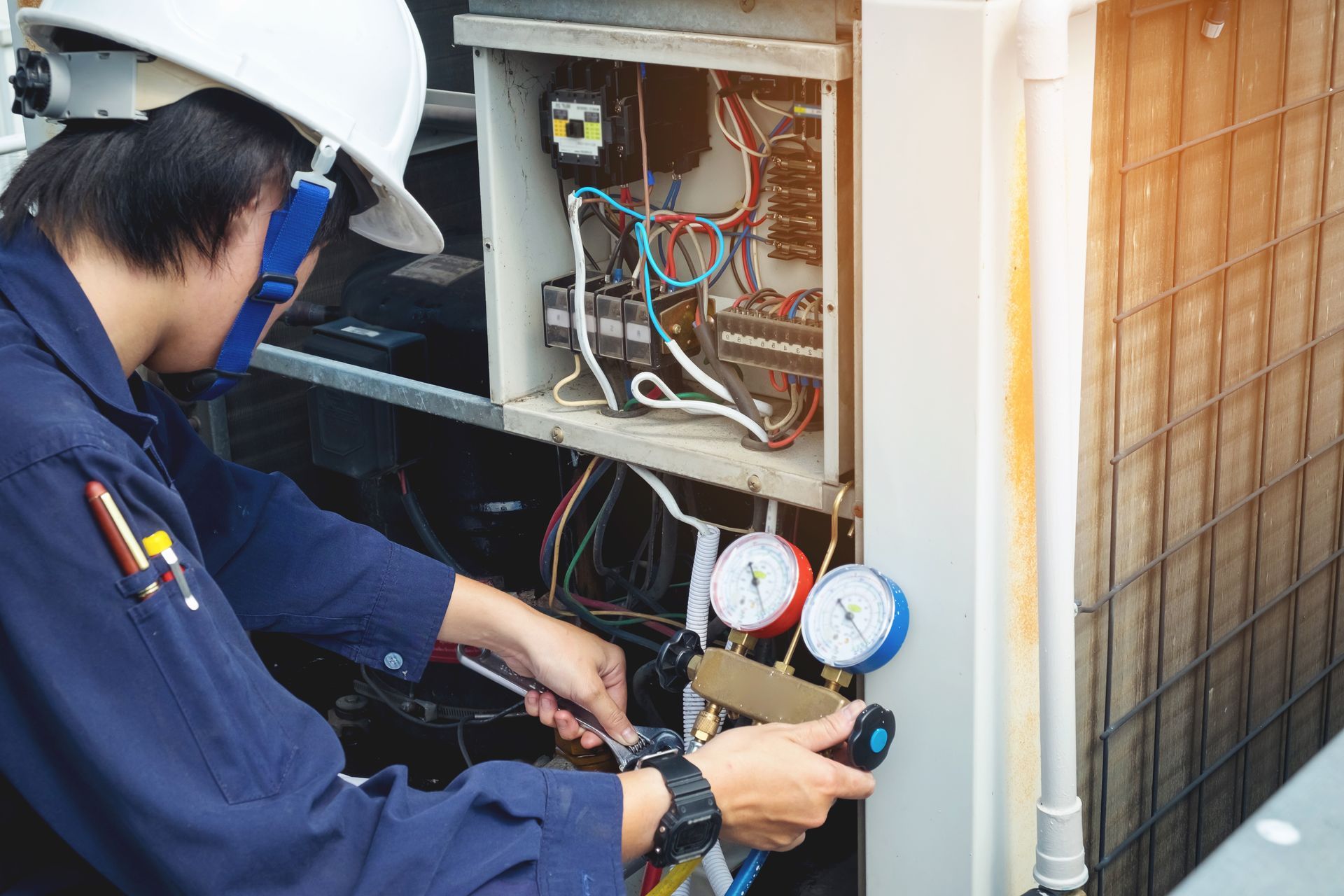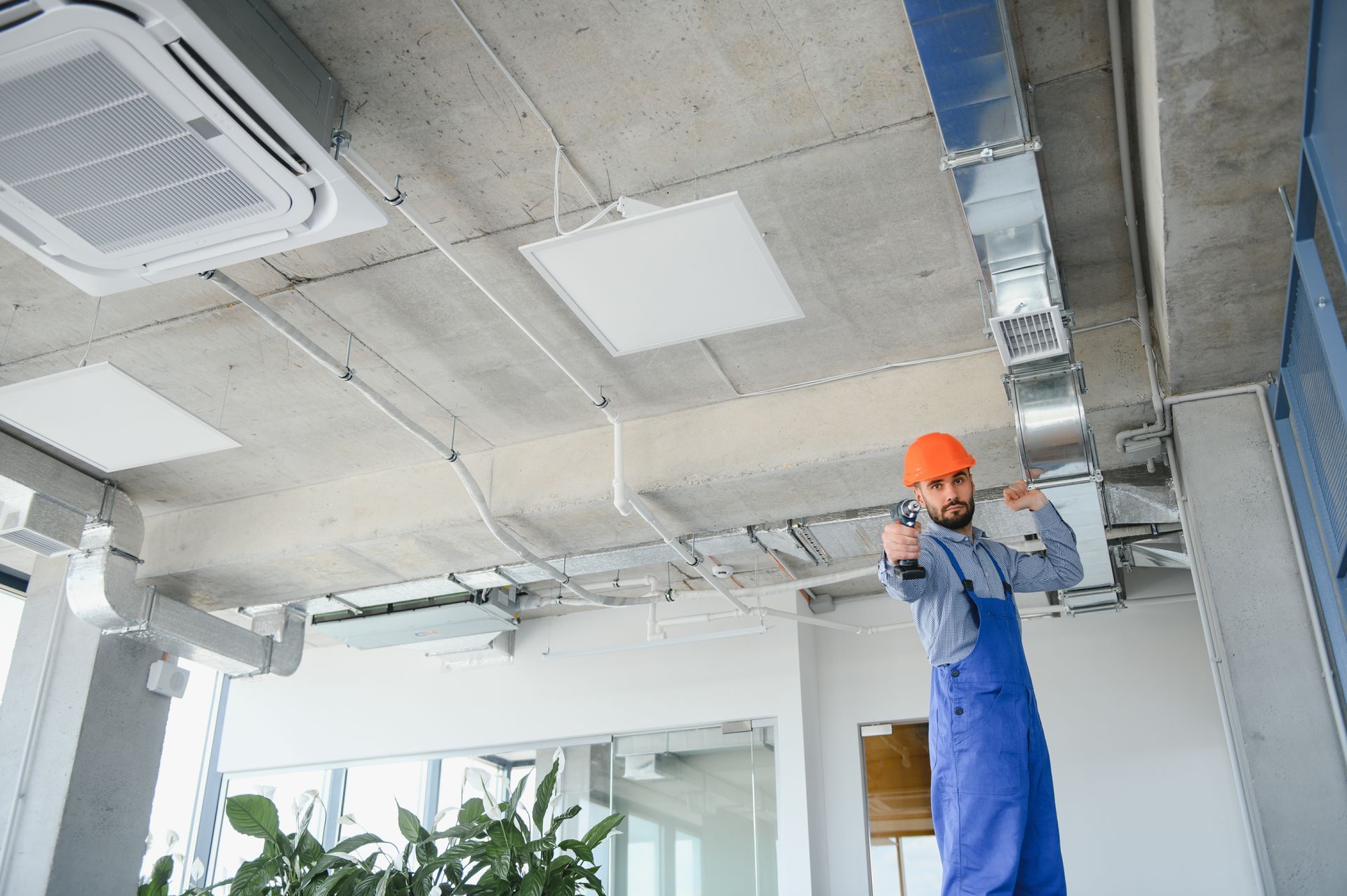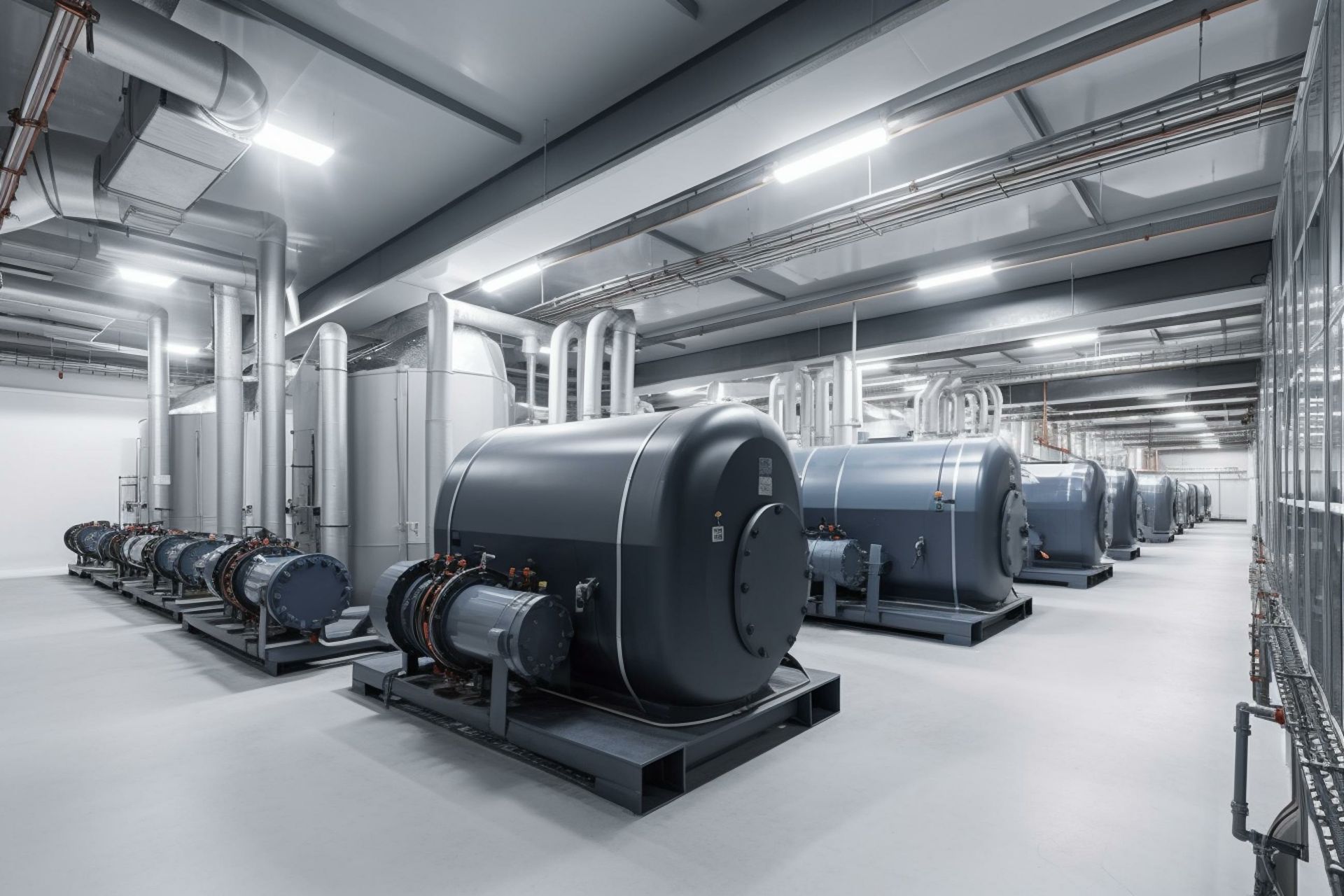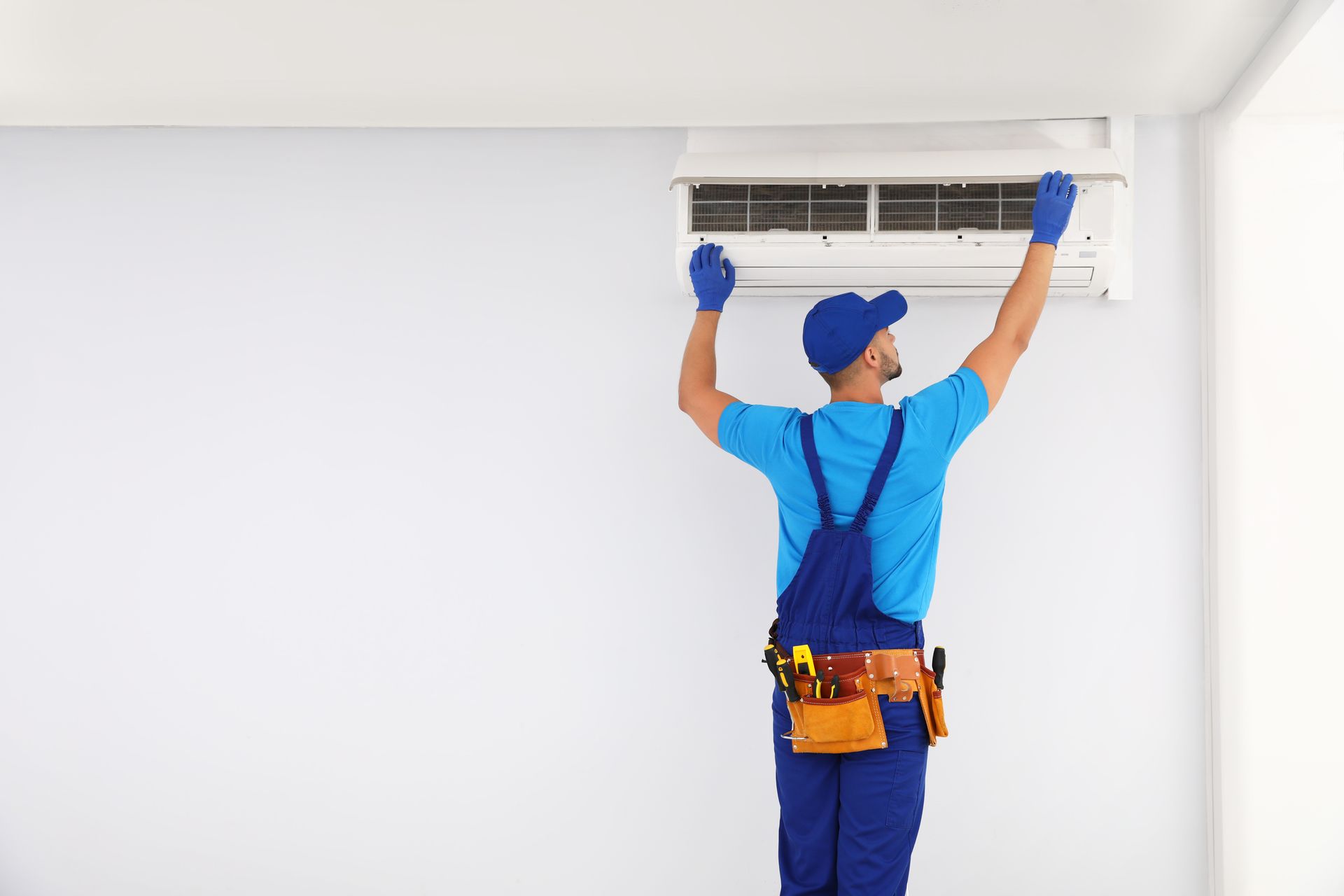Understanding the Challenges of HVAC System Selection for Multi-Story Buildings

HVAC systems play an essential role in maintaining the comfort and air quality of buildings. But when it comes to multi-story structures, selecting the right HVAC system can present a unique set of challenges. The scale and complexity of these buildings necessitate a well-thought-out strategy to ensure optimal heating, cooling, and ventilation. Here, we explore these challenges and share insights on how to overcome them.
The Challenges
1. Uneven Heating and Cooling: In multi-story buildings, heat naturally rises, leading to temperature discrepancies between the lower and upper floors. This phenomenon, known as the 'stack effect', can make maintaining a consistent, comfortable temperature throughout the building a challenge.
2. Varied Occupancy: Different floors in multi-story buildings often have different uses, occupancies, and hours of operation. These variances can affect the heating, cooling, and ventilation requirements of each floor, complicating HVAC system design and control.
3. Physical Constraints: The sheer size of multi-story buildings and the limited availability of space for equipment placement can create logistical issues for HVAC system installation. Furthermore, it may be challenging to install ductwork and other necessary infrastructure without disrupting the building's architecture or aesthetics.
Navigating the Selection Process
Despite these challenges, it is possible to choose an HVAC system that effectively meets the unique needs of multi-story buildings. Here are a few tips:
1. System Type: Consider systems specifically designed for multi-story applications. For example, Variable Refrigerant Flow (VRF) systems are known for their ability to control the heating and cooling of individual zones within a building, making them suitable for multi-story structures with varied occupancy.
2. Load Calculation: A thorough and accurate load calculation is essential to determine the system's size and capacity. This ensures the chosen HVAC system can adequately meet the building's heating and cooling needs.
3. Energy Efficiency: Opt for energy-efficient systems to control operating costs. This is particularly important for large, multi-story buildings that consume substantial energy.
The Importance of Hiring HVAC Professionals
Given these complexities, the expertise of HVAC professionals is invaluable in the selection and installation of HVAC systems for multi-story buildings.
Precise Calculation: A professional can perform a detailed load calculation, ensuring the selected system matches the building's exact heating and cooling requirements.
Customized Solutions: An HVAC expert can recommend the most suitable system for the building based on its unique characteristics, energy efficiency goals, and budget.
Flawless Installation: Professionals ensure proper installation and configuration of the HVAC system, which is crucial for its performance and longevity.
Potential Dangers of DIY Approach
While it might be tempting to cut costs by handling HVAC selection and installation in-house, it's a strategy fraught with potential pitfalls.
Inaccurate Load Calculation: Without professional guidance, there's a risk of miscalculating the building's heating and cooling load, leading to an undersized or oversized system.
Inadequate Installation: Incorrect installation can compromise system efficiency, increase breakdowns, and shorten the lifespan of the HVAC system.
In Conclusion
Choosing the right HVAC system for a multi-story building requires a solid understanding of the building's unique heating and cooling needs and the challenges associated with such structures. By partnering with HVAC professionals, you can navigate these complexities and select an HVAC system that ensures optimal comfort, air quality, and energy efficiency.
If you're grappling with HVAC system selection for a multi-story building, we can help. Reach out to us through the "Contact" page of our website. Our team of experts is ready to assist you with customized HVAC solutions that meet your building's unique needs.
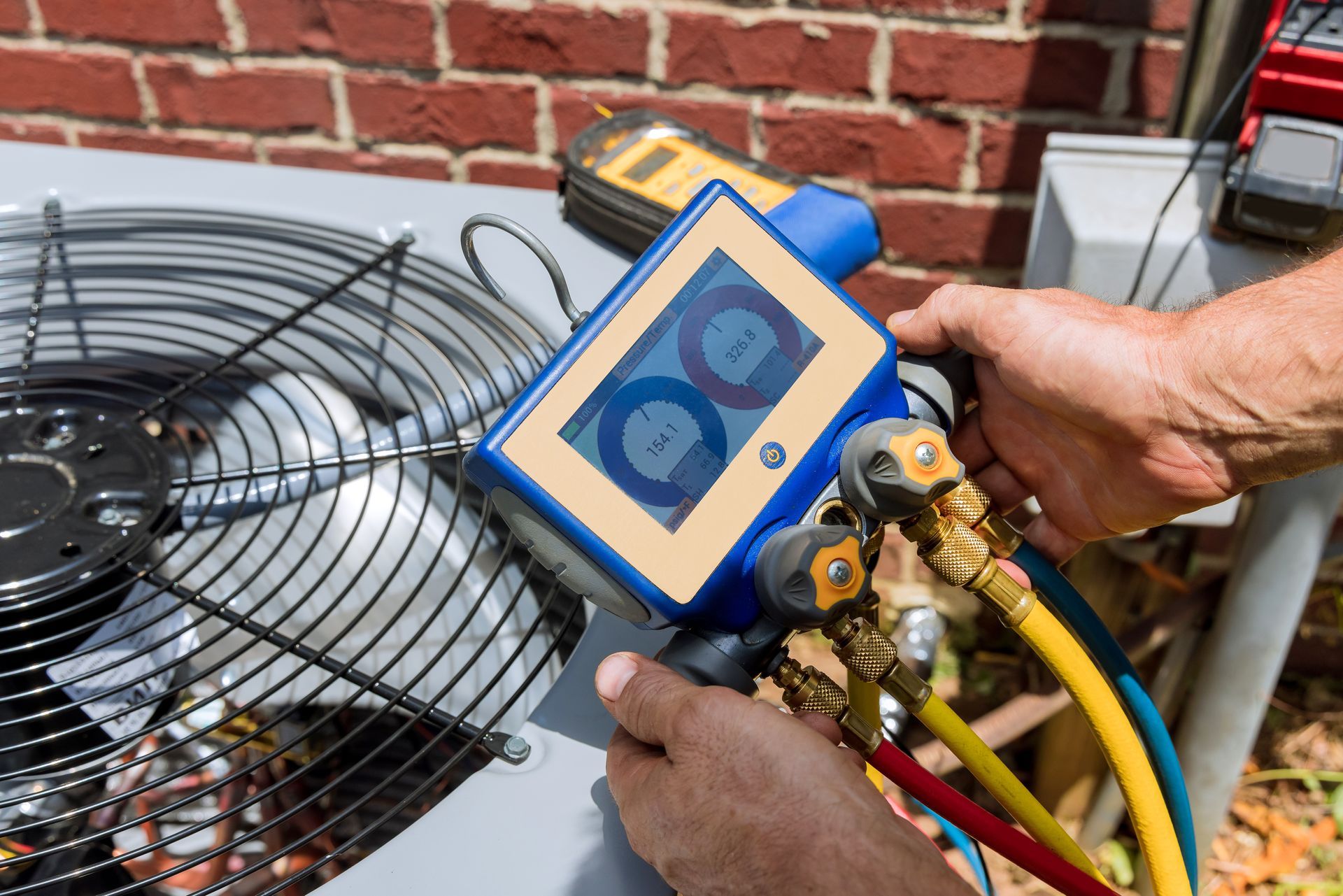

Best HVAC Service Packages in the D.C. Area
Joining an HVAC company VIP club can provide several benefits to homeowners, including peace of mind, cost savings and personalized service.
